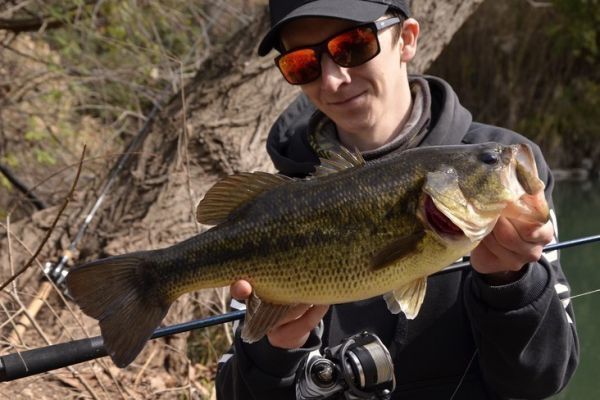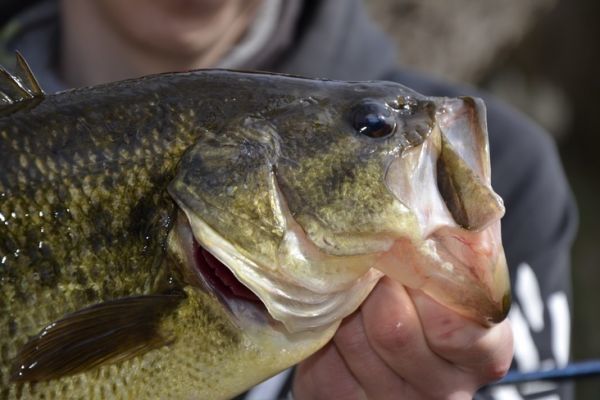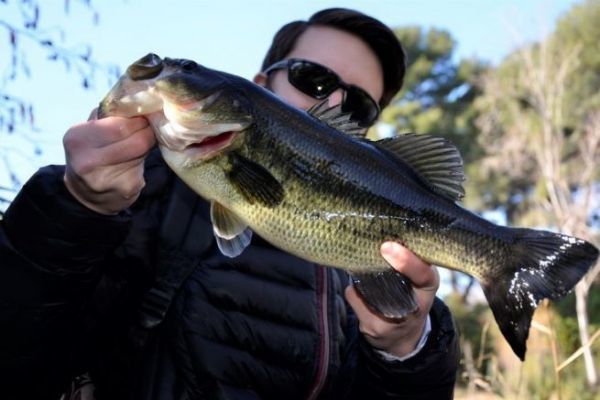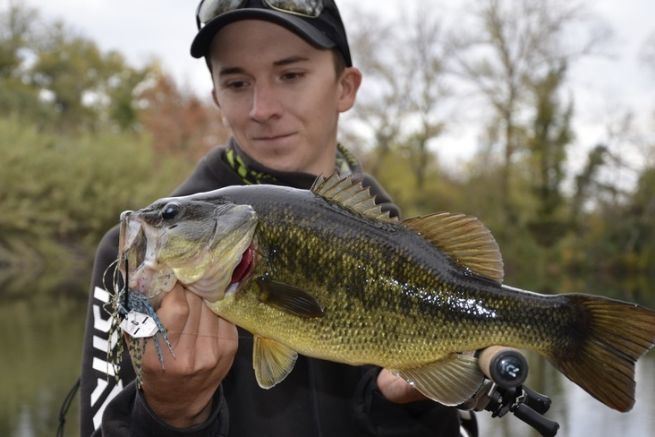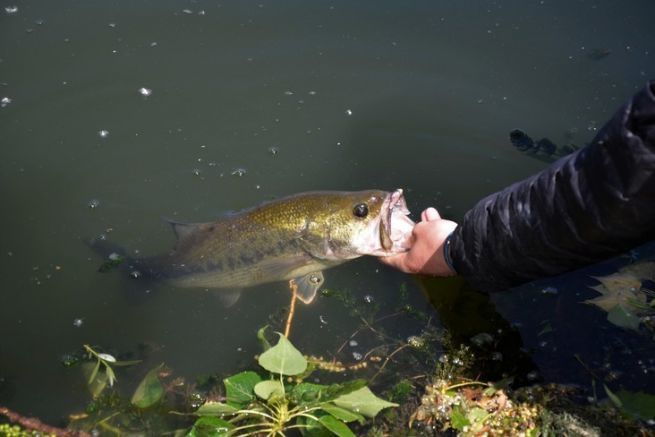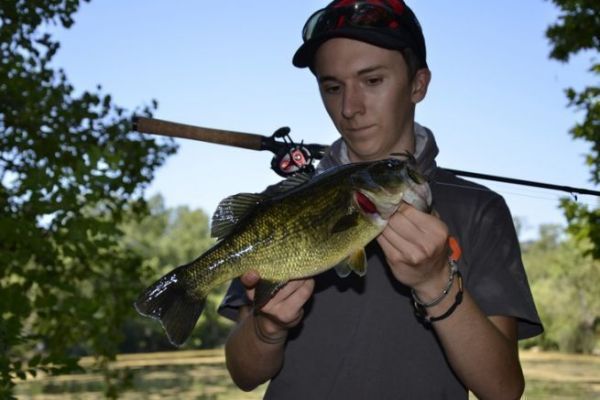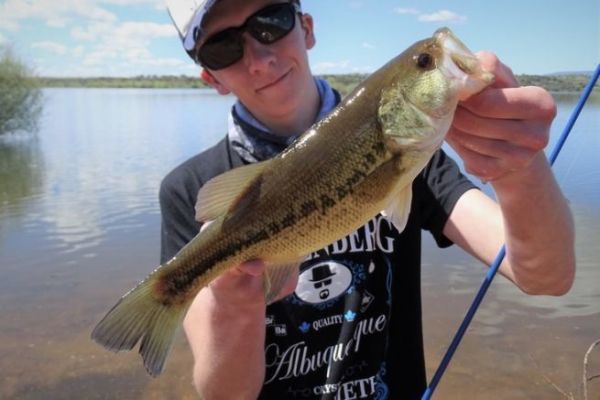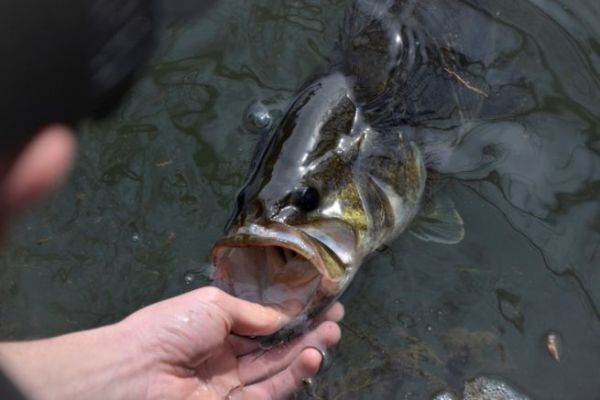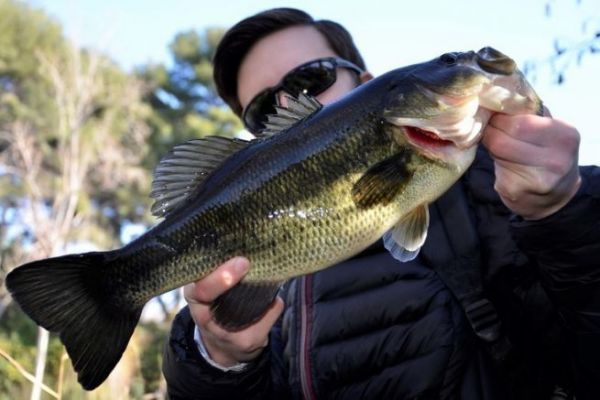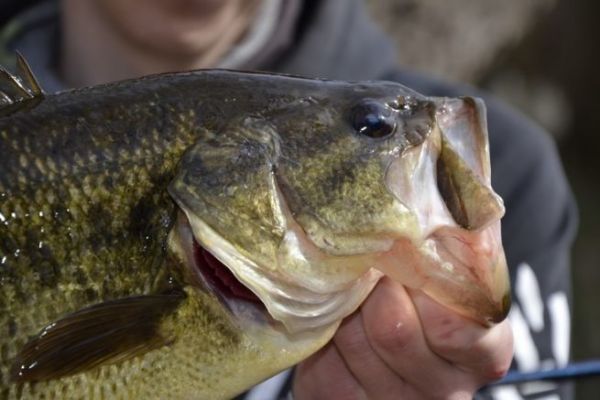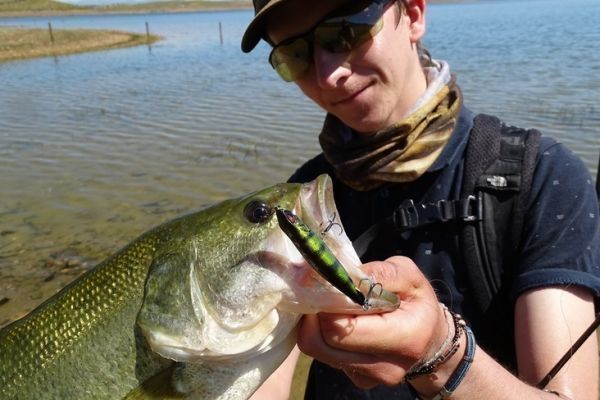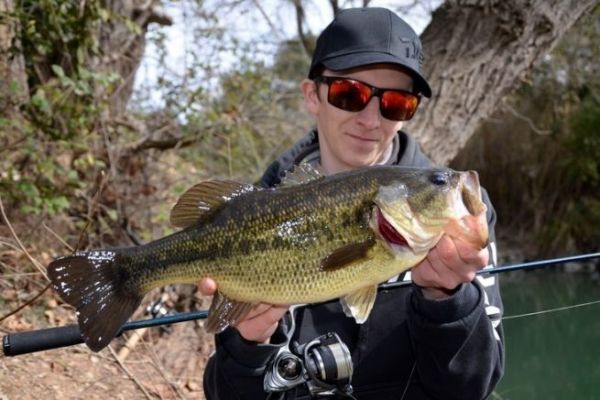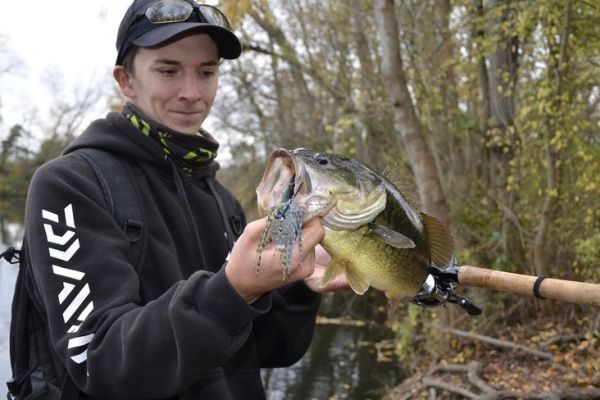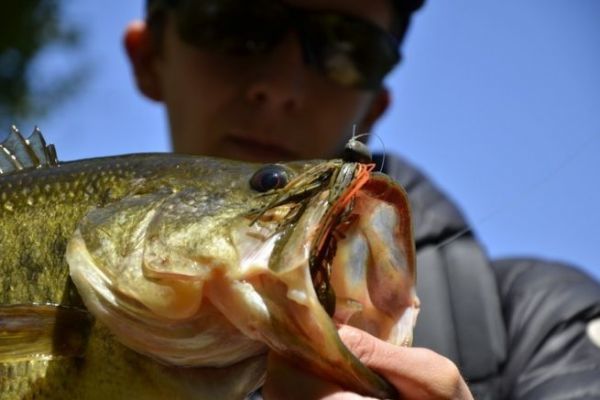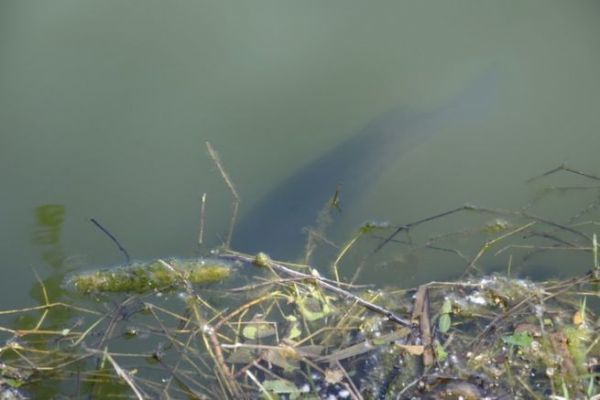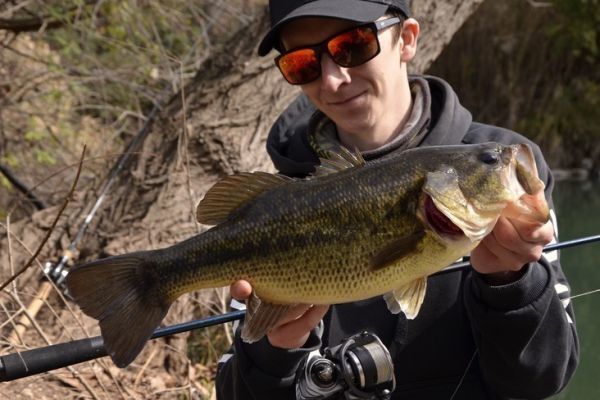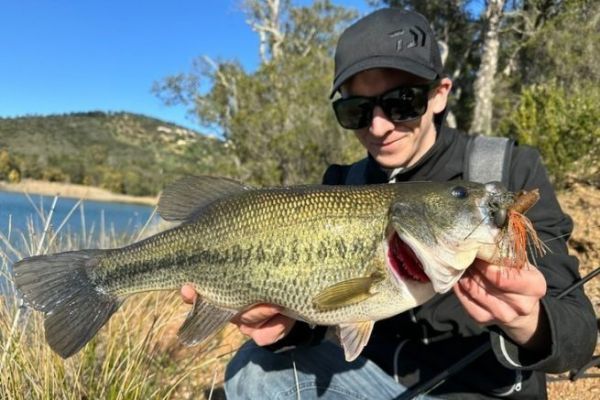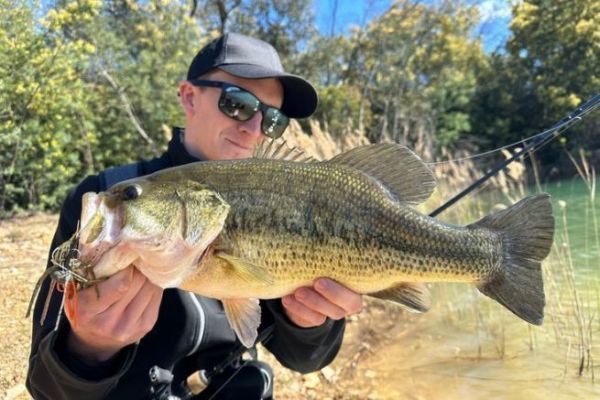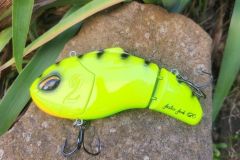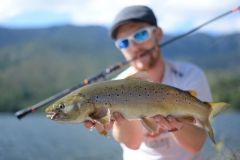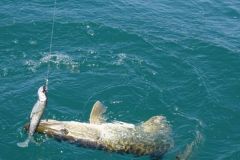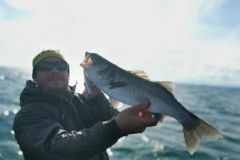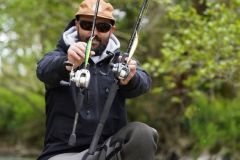Choosing the right body of water
As you probably know, most French lakes are closed to fishing from the end of January to the end of April to protect pike during their spawning period. However, some bodies of water, especially in the south of France, are not home to pike, but to large populations of black bass. The regulations put in place by AAPPMAs are increasingly adapted to the type of fish present on a body of water, which allows us to fish staggered opening periods.
Black-bass spawning takes place from April to June, so it would be foolish to leave a pike-free lake open on the last weekend in April, when black-bass spawning is at its most vulnerable. Take a close look at the actions carried out in your département by the federations and AAPPMAs, to find a body of water that you can fish from January to the end of March to target black-bass.
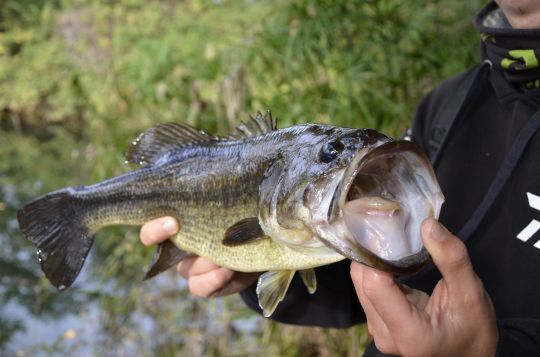
Choosing the right zones
Black-bass fishing at this time of year is often referred to as prespawn. It's a very interesting time of year, as the fish gather and feed abundantly, especially the big ones that are about to spawn. The transition from winter to spring is not a fixed date, but rather when the water reaches 12 degrees.
At this precise moment, two categories of fish will differentiate themselves on their behavior: the static fish and those on the move. Static fish are those that have spent the winter in a break, close to their usual spawning area. Fish on the move are those that have travelled a long distance in autumn to find a comfortable wintering area. Static fish generally congregate in fairly shallow areas, on plateaus between 1 and 3 meters deep. Moving fish are more likely to be seen near steep edges where prey is also in transit.
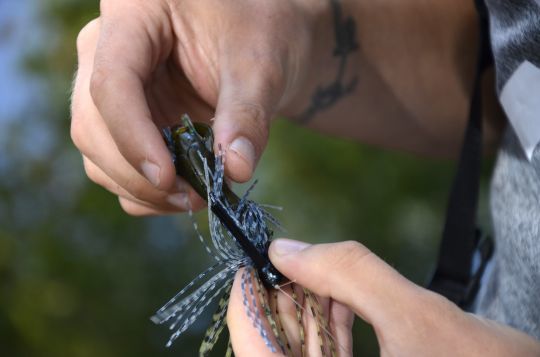
Choosing the right lures
Depending on the type of spot you're fishing, choosing the right lure is crucial to success. In shallow areas where static fish feed, prefer slow fishing with large lures such as rubber jigs, extremely effective when coupled with a crayfish imitation. Water clarity permitting, you can also use large wacky worms or weightless creatures.
For transition zones, we prefer a lure that can move fairly quickly, like a moving whitefish. In this case, use suspending jerkbaits, taking long pauses near the break. The chatterbait is also a very effective lure for combing along rocks in open water, since moving black bass are rarely close to the bottom.
